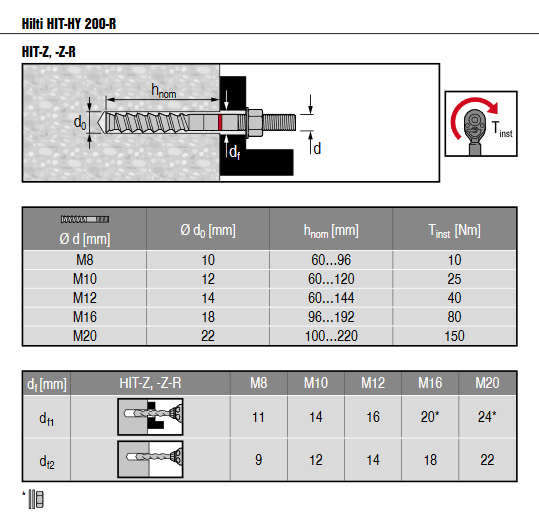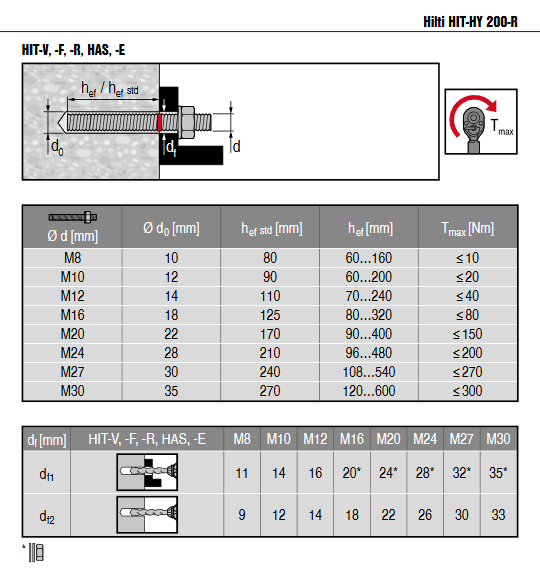Bammer25
Structural
- Mar 22, 2018
- 149
I had a question come up that I am embarrassed to be confused on. We are using hilti hy200 anchor system which asks for a pre torque of 100 ft lbs. I know this is a clamping force to clamp down the attachment.
The question I am struggling to answer is “how can you say that applied torque and resulting tension in the bolt and therefore adhesive/epoxy is not going into the concrete?”
I know the load is resisted by the bond between the epoxy and the concrete, but is this value already taken into account in the load tables? I know that it just be. Just struggling with how to answer this
The question I am struggling to answer is “how can you say that applied torque and resulting tension in the bolt and therefore adhesive/epoxy is not going into the concrete?”
I know the load is resisted by the bond between the epoxy and the concrete, but is this value already taken into account in the load tables? I know that it just be. Just struggling with how to answer this


